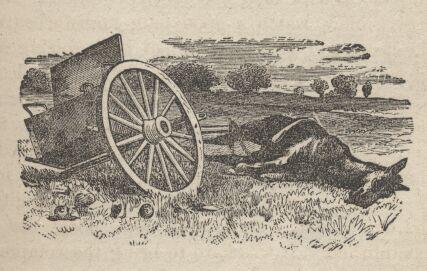"1 1/2 miles south of this location is the Ghost town of Fairview (1905-1917). Fairview was part of the renewed interest in mining. triggered by the strikes in Tonopah and Goldfield. Discoveries in 1905 and 1907. A substantial town that boasted 27 saloonsk hotels, banksm assay offices, a Newspaper, post office and a miner's union hall soon came into being. By 1908, the boom had passed and production leveled out. During 1911, the Nevada Hills mining company began an era of profitable milling that lasted until 1917. Production amounted to 3.8 million dollars in silver values.
George Wingfield and George Nixon, prominent Nevda mining promoters at the time, bought some of the first claims in Fairview to give impetus to a boom."
Text from sign...
Fairview Peak, located to the south east of this position was the site of a major earthquake magnitude 6.8 in 1954 on December 16th. These quakes were felt as far away as Elk, Nevada and the peak lifted an average of six feet relative to the surrounding valleys In some places the mountains rose more than 20 feet.
The hardpan to the south west is the electronic bombing range used by the Naval Air Station in Fallon, Nevada. Sometimes you can see low flying aircraft practicing on the range.
A few sources identify Fairview or Fair View as a station. Fairview began as an Overland Mail Company stage station in the summer of 1861 and served as the first stop on the northern branch of the trail from Westgate. According to some sources, the Pony Express stopped at Fairview during the last few months of its existence. Little exists about Fairview in historical and/or contemporary sources, and its exact location remains unknown. (NPS)
From West Gate to Sand Spring:
After that began a long divide broken by frequent chuck holes, which, however, had no cunette at the bottom. An ascent of five miles led to a second broad basin, whose white and sounding ground, now stony, then sandy, scattered over with carcass and skeleton, was bounded in front by low dark ranges of hill. Then crossing a long rocky divide, so winding that the mules heads pointed within a few miles to N, S, E, and W, we descended by narrow passes into a plain. The eye could not distinguish it from a lake, so misty and vague were its outlines: other senses corrected vision, when we sank up to the hub in the loose sand. As we progressed painfully, broken clay and dwarf vegetation assumed in the dim shades fantastic and mysterious forms. I thought myself once more among the ruins of that Arab village concerning which Lebid sang, -
"Ay me! ay me! all lone and drear the dwelling place, the home -
On Mina, o'er Rijam and Ghool, wild beasts unheeded roam."
(The City of the Saints, p 491)
